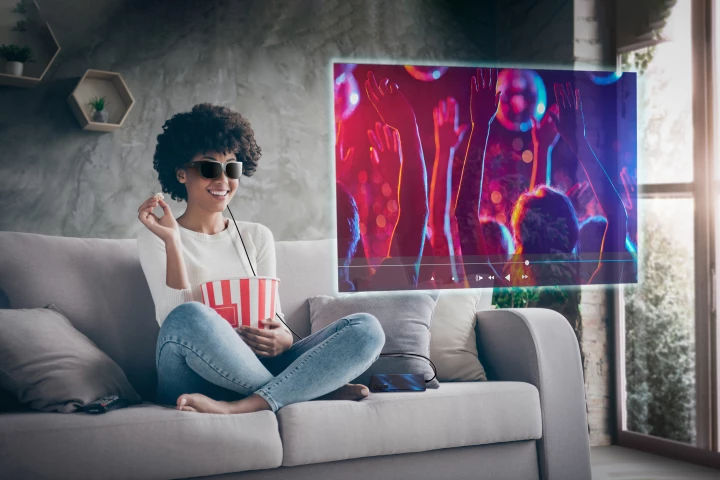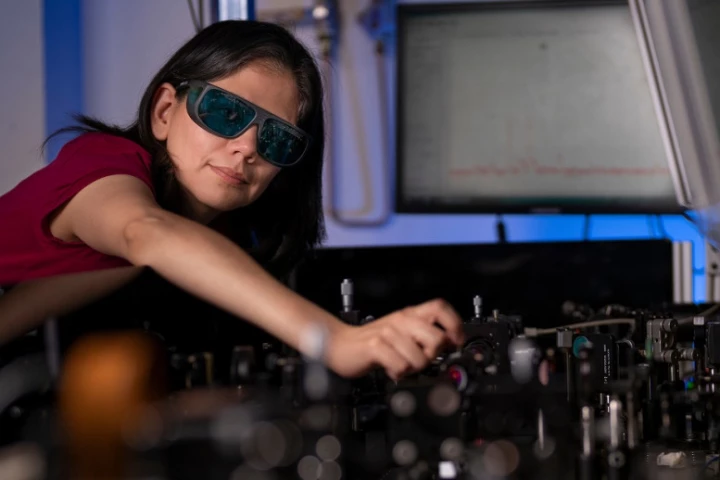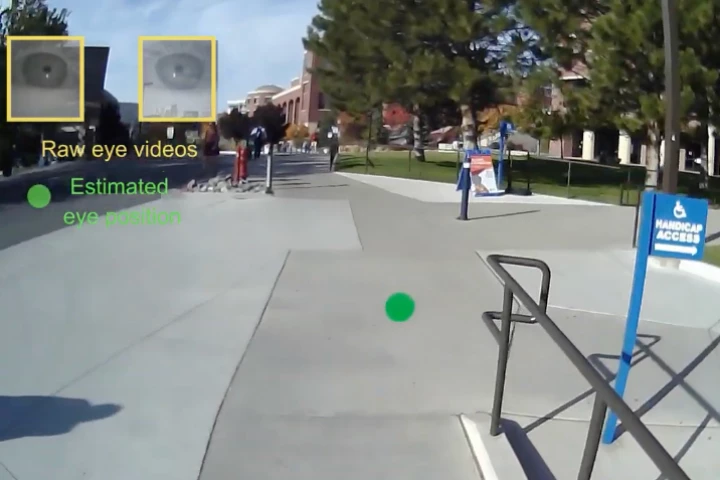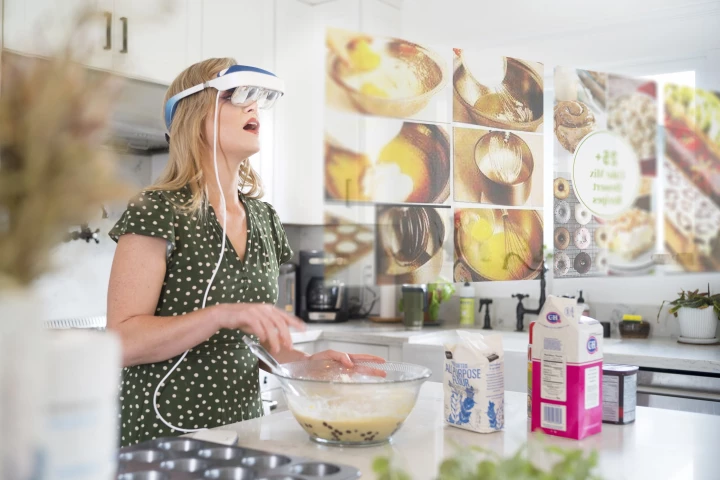Glasses
-
While anti-fog sprays work to a certain extent, warming a glass surface is a better way of keeping it fog-free. A new coating material is designed to do so, and it utilizes light-absorbing gold nanoparticles instead of electricity.
-
Forget the metaverse, our own reality just needs a little augmentation. Lenovo has announced a new wearable display called the Lenovo Glasses T1, which can connect to phones and computers to watch video, play games or work on a larger virtual screen.
-
While many people have bifocal everyday glasses, their sunglasses tend to be single-vision. The new 32ºN sunglasses, however, let users switch over to a "reading glasses" mode with a simple swipe of their finger.
-
Scientists at the Australian National University (ANU) have developed a new type of night-vision technology that is the first of its kind, taking the shape of an ultra-thin film that can be applied directly to glasses.
-
Tech startup Ampere has smartened up the humble sunglasses with Dusk, a pair of shades that change tint on demand via a phone app or a button press. A deluxe model also packs built-in speakers and a microphone for making calls.
-
Video-camera-equipped glasses may show you what the wearer's head is pointing at, but they certainly don't indicate what the person's gaze is actually fixed upon. A new headset is designed to do just that, however, and it could be used to advance a number of technologies.
-
Bosch will hit CES 2020 with a new type of Light Drive smart glass technology that can give you a personal heads-up display while being virtually indistinguishable from a regular pair of glasses, and adding very little weight.
-
While there are assistive systems that are mounted on the computer itself, HiiDii utilizes something that the user might be wearing anyway – glasses.
-
Project the equivalent of a 200-inch, high resolution screen a few meters in front of your eyes, and work with PCs, mobile devices and games consoles.
-
Arguably the thing that killed Google Glass was how dorky they looked. Whether or not that’s the real reason AR glasses never took off, it’s the story that other companies always push while marketing new devices that fit smarts into normal-looking frames. And the latest is the new Norm Glasses.
-
Presbyopia is a common form of age-induced far-sightedness. Now a Stanford team has developed a pair of high-tech specs called autofocals, which use fluid-filled lenses, depth-sensing cameras and eye-tracking technology to make sure whatever a wearer is looking at stays sharp.
-
Goggles, glasses and windshield can fog up if there’s a difference in temperature or humidity. Researchers at ETH Zurich have developed a new anti-fog coating that warms up the surface without needing electricity.
Load More











